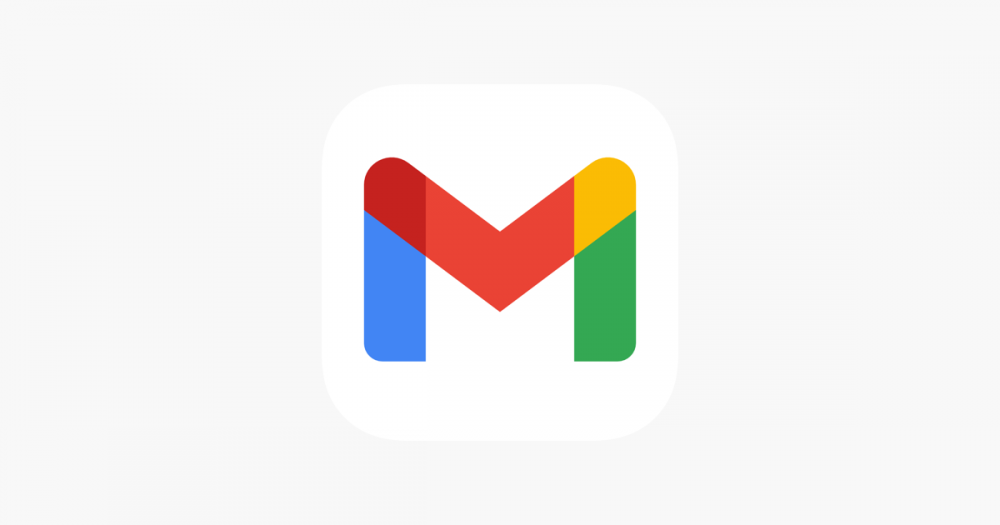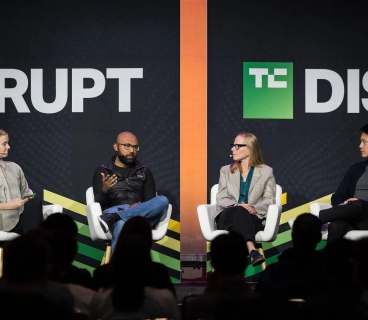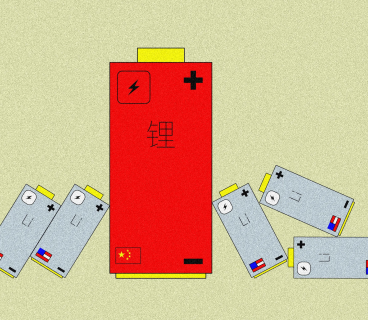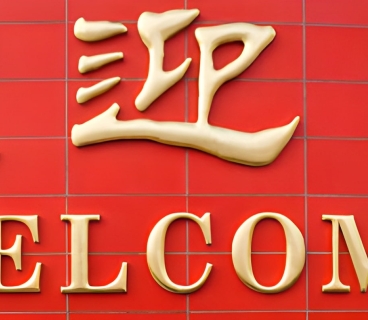Google co-founders Larry Page and Sergey Brin loved to joke. So much so that a few years after founding the company, they began to come up with unusual ideas every April 1st. Once, Google advertised a vacancy for a Copernicus Research Center on the Moon. Another year, it announced plans to add a “brow and sniff” function to its search engine.
READ MORE: No One Is Safe from April Fools’ Day Pranks
Google’s pranks were so unusual and funny that people no longer took them seriously. That’s why 21 years ago, Page and Brin decided to introduce something that no one would believe on April 1st.
It was Gmail – a free email service that offered 1 GB of storage for each account. Today, in the era of 1 TB iPhones, 1 GB may seem like a normal amount. But at the time, it was an incredibly large amount. At the time, Yahoo and Microsoft's email services could only store 30-60 messages, while Gmail could store about 13,500. In other words, Gmail offered 250-500 times more storage than its competitors.
In addition, Gmail was equipped with Google's search technology, which allowed users to quickly find old emails, images, and other information. Gmail also automatically grouped messages on the same topic together so that correspondences appeared as if they were a single conversation.
Marissa Mayer, a former Google executive who helped create Gmail and later became Yahoo's CEO, said:
“We explained Gmail in the first presentation in terms of three ‘S’ principles: Storage, Search, and Speed.”
The idea seemed so fantastical at the time that, immediately after the Associated Press published an article about Gmail on April Fools' Day, 2004, readers called the agency and wrote emails, thinking that Google was tricking them into spreading the news.
Paul Buchheit, one of the creators of Gmail, later recalled in an interview with the Associated Press:
“It was exciting to create a product that people wouldn’t believe. It also showed people how advanced applications were possible through a web browser.”
Gmail took three years to develop and was codenamed “Caribou,” a reference to a joke in the popular comic strip Dilbert.
“The name Caribou sounded a little absurd and made me laugh,” Buchheit recalled.
The Birth of an Incredible-Seeming Technology
The Associated Press was able to confirm that Gmail was indeed real because one of their journalists had been called from San Francisco to Google’s headquarters in Mountain View, California.
There, he found Larry Page sitting at a computer, demonstrating how fast Gmail was. Page even said that Gmail didn’t have a “Delete” button on the main control panel because users wouldn’t need it—Google’s storage was big enough, and everything was easy to search.
“I think people would like this,” Page said.
Page was right. Today, Gmail has about 1.8 billion active accounts. Each account now offers 15 GB of free storage, which is shared between Google Photos and Google Drive. While 15 GB is 15 times more than the previous 1 GB, it’s still not enough for many users. Because they never need to clean out their accounts—which is exactly what Google wanted.
READ MORE: Google's April Fool's Prank Failed Completely
Having people store their emails, photos and other content has created a new business model for Google, Apple, and other tech giants. Today, Google makes money by selling additional storage — $30 a year for 200GB of storage and $250 a year for 5TB. Gmail's presence has also led to other email services and internal email systems expanding their storage capabilities.
Buchheit says:
"We wanted to change the way people think. Because people have been working with limited memory for a long time, and deleting emails has become a habit."
The First Big Step in Google's Empire
Gmail not only revolutionized email but also played a key role in the expansion of Google's Internet empire.
Gmail was followed by Google Maps and Google Docs. It later acquired YouTube, and the Chrome browser and Android operating system were launched.
Gmail's strategy of understanding users' interests by analyzing email content laid the foundation for Google's advertising business. It also clearly showed that Google would grow in the digital realm.
Exclusivity and Social Value
Initially, Gmail was only available to a small number of users due to Google's limited server capacity.
"When we launched the service, we had only 300 old computers and could only serve 10,000 users," he says.
Buchheit recalled.
This restriction created a special kind of exclusivity around Gmail. People would send each other invitations to get Gmail accounts. For a while, invitations to open Gmail accounts were even being sold on eBay for $250.
On Valentine's Day 2007, Google announced that Gmail was open to everyone. A few weeks later, on April 1, 2007, Google jokingly introduced a service called "Gmail Paper." It offered users the chance to print their emails on organic soy paper and mail them. This time, Google was really joking.












